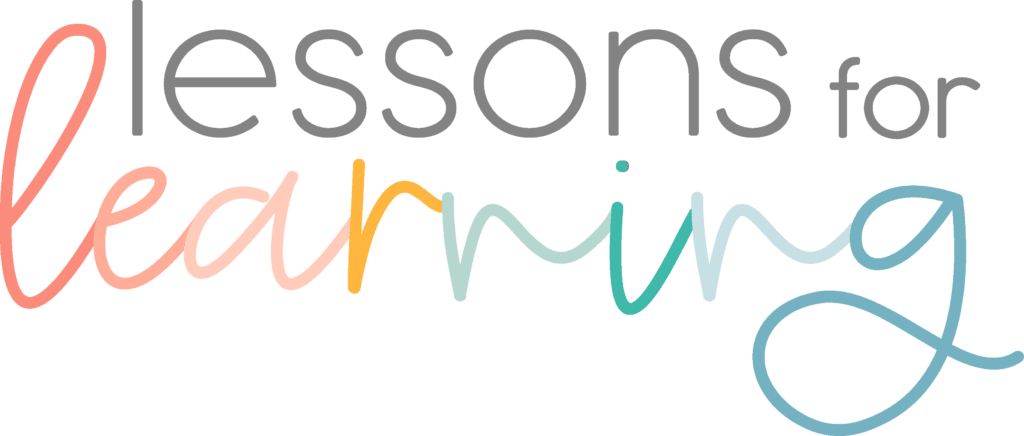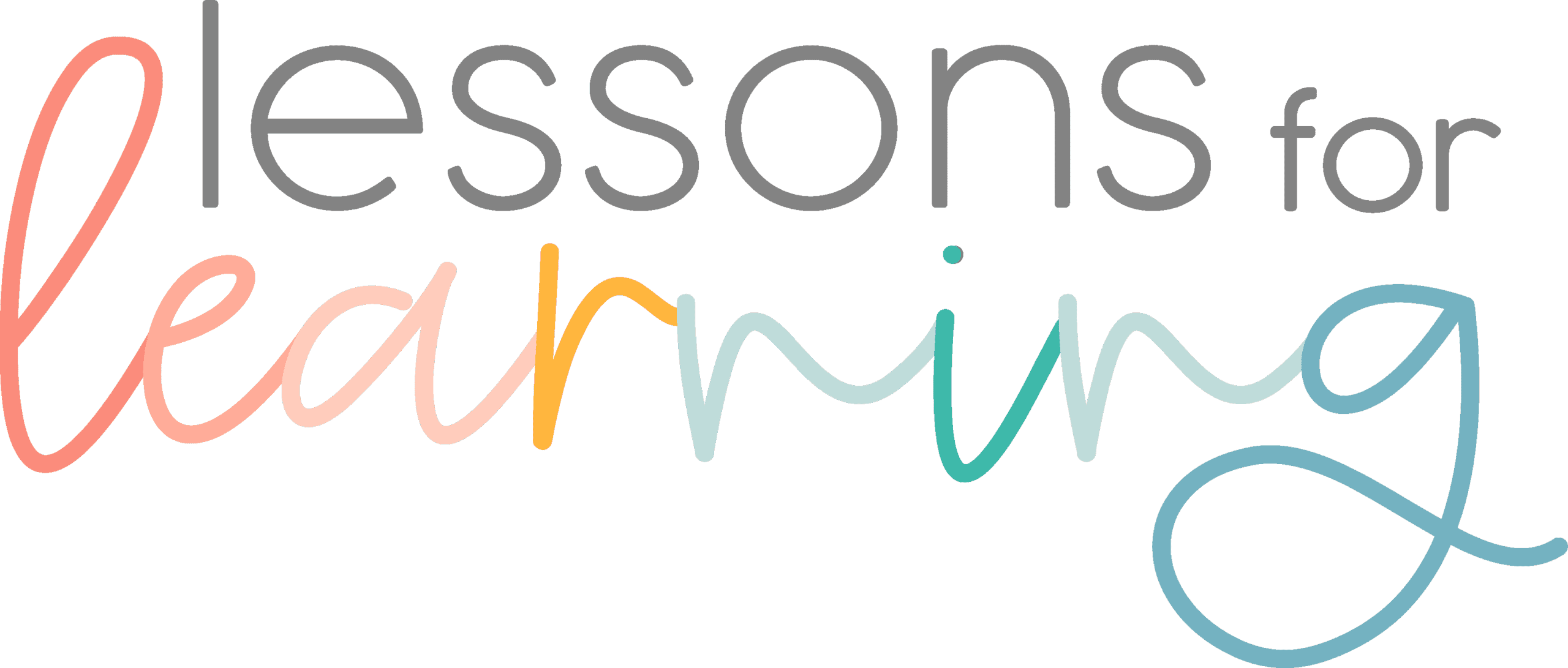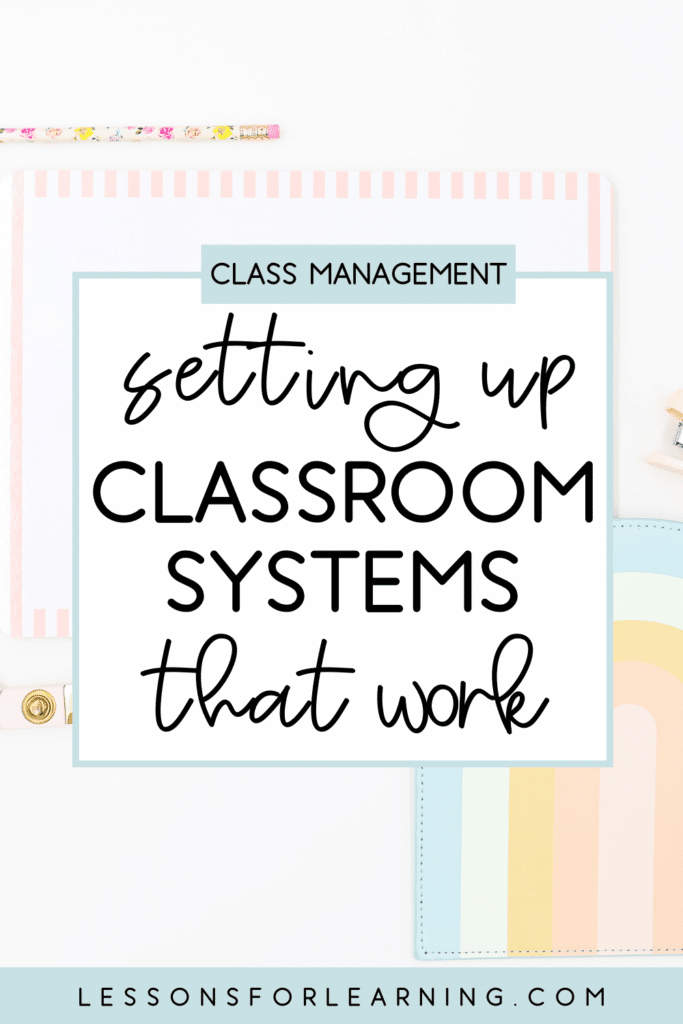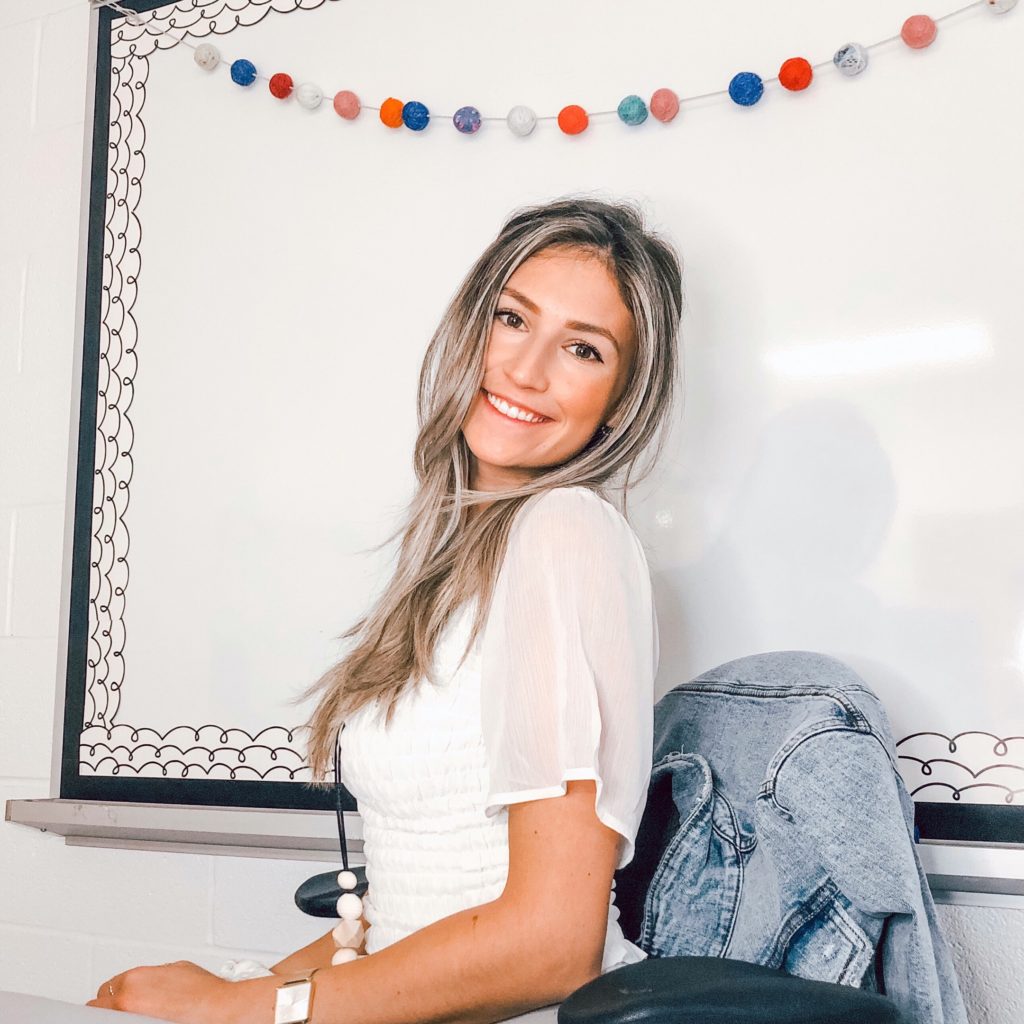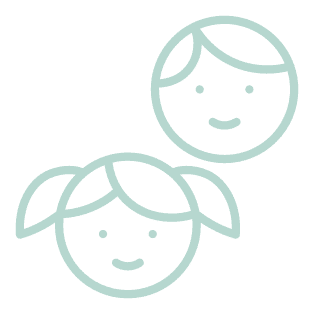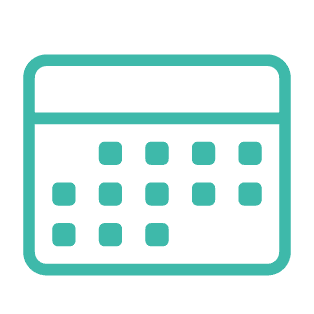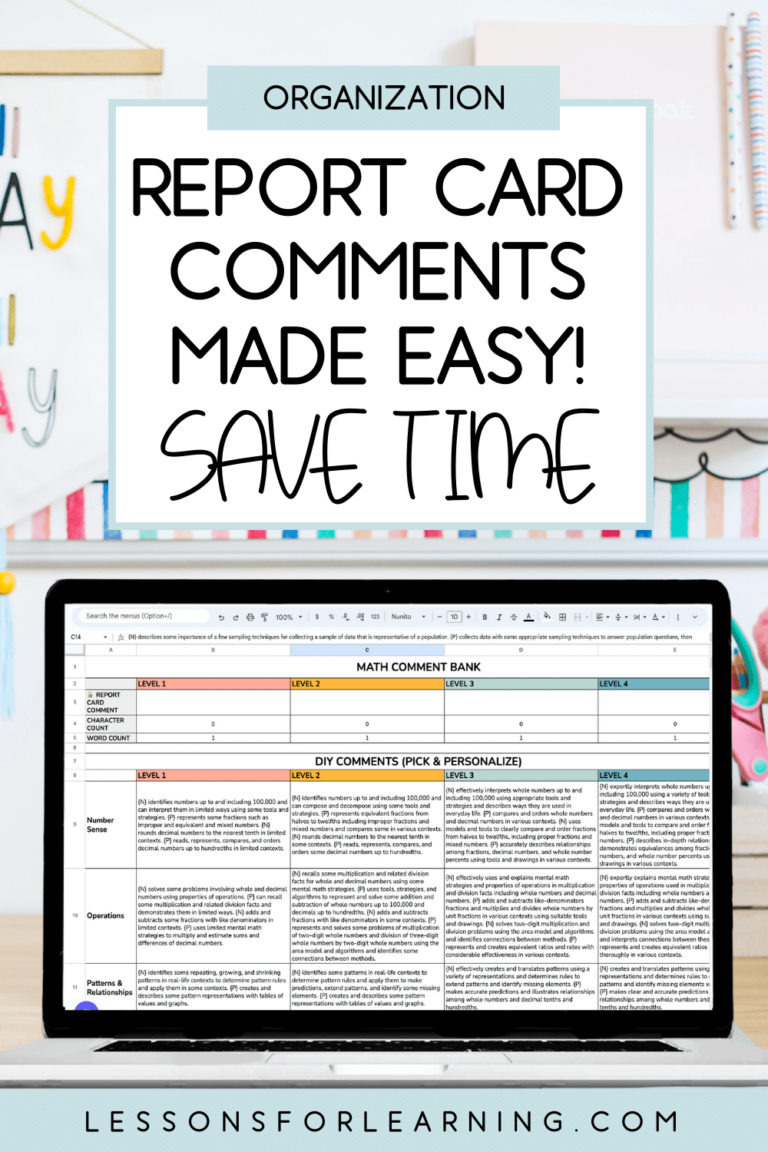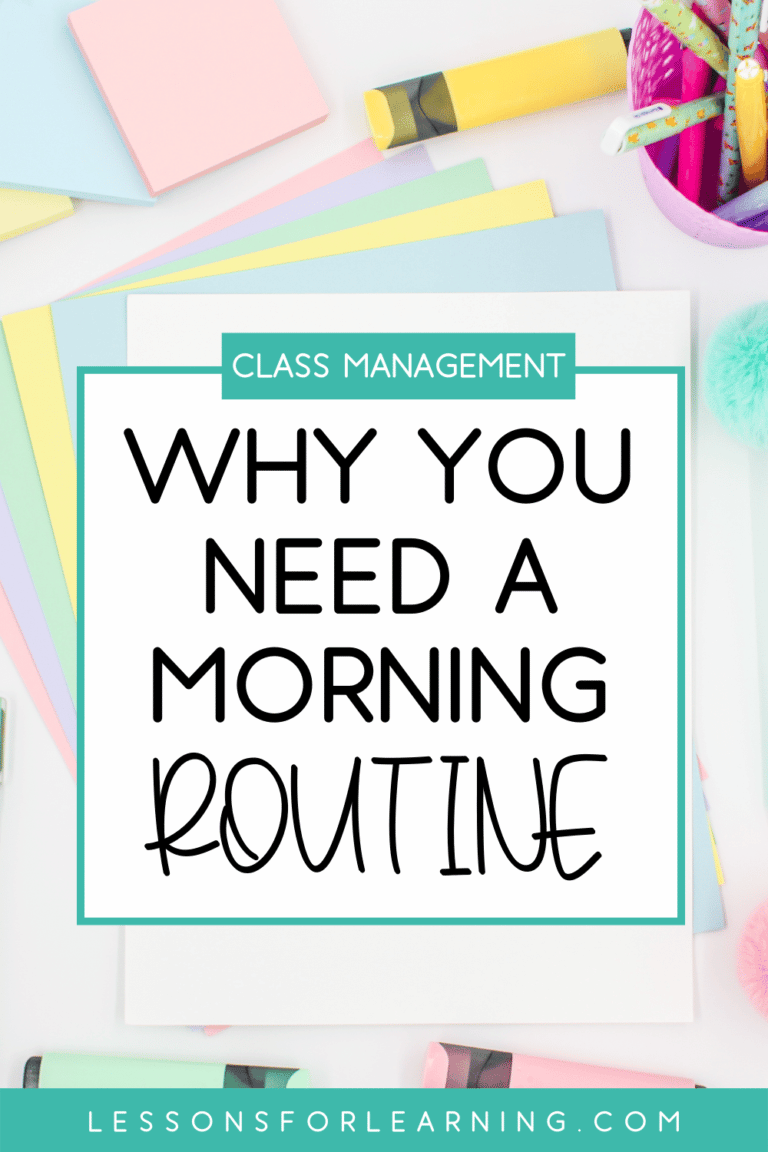In the last couple of years, I have created systems for just about everything in my life. Why? Well, working a full-time job (in a new grade level every year), running a full-time business, planning a wedding AND trying to maintain a social life kind of requires you to be hyper-organized.
A system is a structure of small tasks that gets you to your end/desired outcome, efficiently. I have systems in my classroom, business and home that allow me to “do-it-all” without burning out. So, how can we develop classroom routines and systems that allow us (and our students) to get all the things done?
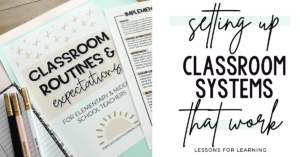
Classroom Routines & Systems to Consider
Before we get into the “how”, we need to understand the what. What kind of classroom systems SHOULD you have?
Start with asking yourself the question, what didn’t work in my classroom last year? What felt chaotic, hectic or time-consuming? Don’t worry if this is a long list, we’ve all been there.
Once you have your list we can start to consider systems that would help solve those issues. Here are a few that I hear about most commonly from teachers:
Hectic Dismissal/End-of-Day Routine:
First off, start by dedicating 15 minutes to your end-of-day routine. Then, consider the following ideas to help speed things up:
- Assign class jobs monthly
- Give students 5-10 minutes during the end-of-day time to complete their jobs
- Assign more than 1 student to “clean-up”.
- Consider having clean-up for multiple areas of the classroom like: supply organizer, librarian, chair monitor, board cleaner, etc.
- Determine what the students do when their job is complete. Do they all go to their cubby/locker at once? How much time do they have there? What do they do when they are done? Where should they wait for the bell?
The answers to these questions need to be taught, explained, demonstrated and reinforced to ensure students understand the routine.
Once you have all of those systems in place, ask yourself if there is anything you can do to incentivize completing this routine quickly? I don’t believe in rewards for everything… but sometimes, the end-of-day routine NEEDS it. I like to play a game of silent ball with the students who are done. They put their backpack on the ground, sit on their desk and we play! Since students want to play the game, they pack up quickly and don’t waste any time!
Loud/Slow Mornings
If your mornings feel just as hectic as dismissal, don’t worry! There are a couple of things you can do to have a ~calm~ morning with your students.
- Project a morning slide that tells students exactly what to do AND includes a timer. The timer tells them how long they have to complete those tasks (or get started).
- Reinforce the expectation that students will have at least started before the timer goes off. You can incentivize this with a rewards system, but I caution you to not take away points or penalize students or groups who show up late. Often, elementary students are late not because of themselves, but because of their parents. I don’t feel right about making students feel bad for walking in late because I know a lot of that is out of their control.Welcome them in with a big “I’m so happy you are here!” and give them the credit if they come in and get started.

Literacy Centres are Hectic/Not Productive
This is usually a multi-layered problem BUT there are a few places to start.
- Explicitly the centres and DON’T complicate them or change them often
- Have a quick accountability check for stations that often aren’t completed (e.g., independent writing). My writing group will come up to my table and show me their journal when the rotation is done. I do a quick glance and if there is nothing on the page, they will have a natural consequence like having to finish it while the class is doing something more enjoyable later on.
- Make the centres and rotations clear. Students are often off-task or disruptive because they don’t know WHAT to do or where to go when centres change. I keep my literacy/math rotation slide projected during this entire period. It shows students what activity they should be at, who else is in their group (so they can ask 3 before me efficiently) and the timer tells them how much time they have. When the timer goes off, we switch!
These are just suggestions. The thing about classroom systems and routines is that you will need to fine-tune and make adjustments every year, based on the students you have in your classroom. If things aren’t going well… tackle the problem head-on. Ask your students “why isn’t this working for you?” Their insights and reflections are always very helpful. Read more about this here.

How to Implement Systems
Now that we’ve identified what we could create classroom systems for, it’s time to figure out how to implement them. The first thing I recommend is downloading my free classroom routines & expectations guidebook. This gives you more specific examples of routines you can implement.
The next piece is teaching these routines explicitly. Don’t assume that your students know how to do anything the “right” way at the beginning of the year. Many of our kids thrive on routines and clear expectations, so don’t be afraid to tell them what you expect & model it clearly!
To make this a little more fun… I usually start by modelling a not-so-good behavior and ask them what they think. I put on my drama cap and am DRAMATIC about it. For example, I might run into the classroom, crash into a desk, slide my backpack towards my cubby, and scream good morning. I know this may not be everyone’s personality (lol) but I love making the students laugh and have fun because procedures can be awfully boring. Then, I ask them what they thought. What was positive/negative? What should coming into the classroom look like? Once we come up with some expectations, I have one of the students “be the teacher” and model the positive behavior. Disclaimer: this approach may not work for all groups. Assess the maturity level & personalities in your class first 🙂
Then, I have students PRACTICE the behavior and reflect on what it looked like, sounded like and felt like. If something didn’t go right, we talk about how we could fix it. The goal is for the students to feel good with all of the routines that we have in place and tweak as necessary to suit their needs. The more involved they are in the process and the more “heard” they feel, the more likely they are to follow the expectations and hold one another accountable.
Lastly, make sure you are providing students with your feedback immediately and consistently reinforcing positive behaviour. This doesn’t mean everyone gets a sticker when they come into the classroom quietly every day, rather that you just acknowledge their efforts verbally or non-verbally with a smile!
Hopefully this helps you understand how classroom systems can be helpful and how you can implement them in your classroom this year! Comment below with a classroom system you are going to try out this year!
Other Posts Related to Classroom Routines That You Might Enjoy…
Classroom Management Strategies: Building Relationships with Your Students
You Need a Morning Routine in your Classroom
